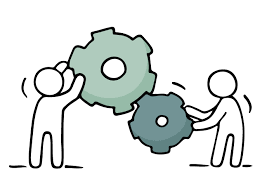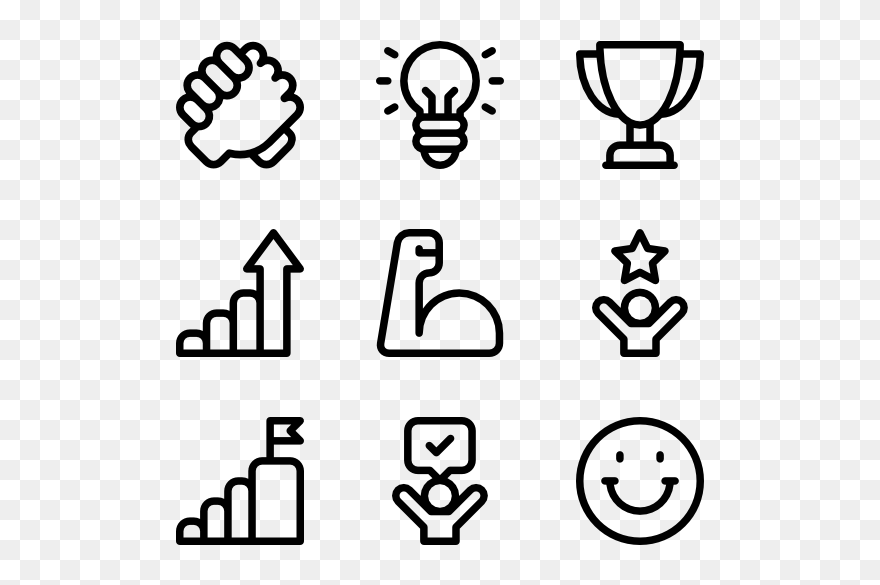Elevating Workplace Dynamics Through Emotional Intelligence: A Strategic Guide
In today's competitive business environment, emotional intelligence (EI) is no longer a desirable trait; it's a fundamental pillar of individual and organizational success. This comprehensive guide explores the critical role of EI in the modern workplace, providing practical strategies to cultivate a high-EI environment that fosters superior performance, stronger teams, and a more rewarding employee experience. By understanding and applying these principles, organizations can unlock significant improvements in productivity, employee retention, and overall organizational health.
Understanding the Cornerstone: Emotional Intelligence in the Workplace
Emotional intelligence encompasses the ability to perceive, understand, and manage one's own emotions while effectively navigating the emotional landscape of others. This crucial skillset underpins successful communication, collaboration, conflict resolution, and overall team effectiveness. A workplace with high EI fosters robust relationships, increased team performance, and a positive, supportive culture – all contributing significantly to the organization's bottom line and long-term sustainability. Organizations with a strong EI foundation are better equipped to adapt to change, navigate challenges, and foster innovation.
Practical Strategies for Building a High-EI Workplace Culture
1. Fostering Self-Awareness: The Foundation of Self-Mastery: Self-awareness, a cornerstone of high EI, involves understanding your emotional triggers, strengths, and limitations, and recognizing how these influence your interactions. Regular self-assessment, journaling, and seeking constructive feedback from trusted colleagues are powerful tools for enhancing this critical skill. This self-knowledge enables more effective self-regulation, leading to improved decision-making and stronger relationships.
2. Mastering Active Listening: The Art of True Comprehension: Active listening goes beyond simply hearing; it involves truly understanding the speaker's perspective. Demonstrating genuine interest and empathy builds trust, fosters open communication, and is essential for effective collaboration and problem-solving. Techniques such as paraphrasing, reflecting, and summarizing enhance active listening and ensure accurate understanding.
3. Cultivating Empathy: Understanding and Sharing Feelings: Empathy is the ability to understand and share the feelings of others. Actively considering diverse perspectives and demonstrating compassion creates a more inclusive and supportive workplace. Empathy significantly improves conflict resolution, strengthens team cohesion, and ensures every individual feels valued and respected, fostering a sense of belonging.
4. Constructive Conflict Management: Transforming Challenges into Opportunities: Disagreements are inevitable in any collaborative environment. Emotionally intelligent individuals approach conflicts constructively, focusing on finding mutually beneficial solutions. This involves clear, assertive communication, active listening, and a willingness to compromise. Investing in conflict resolution training empowers teams to handle disagreements effectively and productively, transforming potential setbacks into opportunities for growth.
5. Cultivating a Positive and Supportive Work Environment: The Power of a Positive Culture: A positive and supportive work environment is crucial for fostering high EI. This involves establishing open communication channels, consistently recognizing achievements, and providing ample opportunities for professional growth. These elements enhance job satisfaction, increase employee engagement, and create a stronger sense of community, resulting in a more productive and harmonious workplace.
6. Delivering Effective Feedback: The Art of Constructive Criticism and Appreciation: Constructive feedback is vital for individual and team growth. Provide specific, actionable feedback within a safe space for open dialogue and mutual learning. Regular, empathetic feedback sessions, delivered with respect, significantly enhance performance and team dynamics, encouraging growth and development.
7. Investing in EI Training and Development: Empowering Your Workforce: Provide access to workshops, training programs, and resources designed to enhance EI skills. Investing in professional development empowers employees, accelerates skill development, and provides valuable insights into effective EI strategies, boosting overall organizational effectiveness.
8. Leading by Example: Setting the Standard for Emotional Intelligence: Leaders play a critical role in shaping organizational culture. Demonstrate emotional intelligence through calm and composed leadership, empathy, transparent communication, and a steadfast commitment to fostering a supportive environment. Leadership actions significantly influence team behavior and set the tone for the entire organization.
9. Validating and Acknowledging Emotions: Creating a Psychologically Safe Space: Emotions are a natural part of the human experience. Create a culture where team members feel safe expressing their emotions without fear of judgment or reprisal. This fosters authenticity, strengthens relationships, and contributes to a more supportive and inclusive work environment, promoting open communication and collaboration.
10. Promoting Self-Care and Well-being: Investing in Employee Health and Happiness: Prioritizing self-care is crucial for individual well-being and high EI. Encourage healthy habits such as regular exercise, mindfulness practices, and stress-management techniques. Supporting a healthy work-life balance is essential for overall employee well-being and sustained productivity.
11. Strengthening Teamwork and Collaboration: Building High-Performing, Cohesive Teams: Strong teams are built on trust and mutual support. Foster collaboration, encourage open idea sharing, and provide ample opportunities for teamwork. Team-building exercises and collaborative projects strengthen bonds and enhance collective emotional intelligence, leading to more effective outcomes.
12. Embracing Diversity and Inclusion: Leveraging the Power of Difference: A diverse and inclusive workplace values the unique perspectives and experiences of every team member. Embrace diversity as a strategic advantage, fostering a sense of belonging and enriching the collective emotional intelligence of the organization, leading to more innovative and creative solutions.
13. Continuous Learning and Development: A Journey of Ongoing Growth: Emotional intelligence is a continuous journey of self-improvement. Provide ongoing access to learning resources, such as books, articles, online courses, and workshops to support the continuous development of EI skills within your organization. This commitment to ongoing learning fosters a culture of growth and improvement.
14. Regular Evaluation and Adjustment: Continuous Improvement and Refinement: Regularly evaluate the effectiveness of your EI initiatives, gather feedback from employees, and adapt your strategies accordingly. This iterative approach ensures continuous improvement and demonstrates a long-term commitment to fostering a high-EI workplace, ensuring that strategies remain relevant and effective.
Conclusion: Building a Thriving, High-EI Workplace
Cultivating emotional intelligence is not a fleeting trend; it's a strategic imperative for long-term organizational success. By strategically implementing the strategies outlined above, organizations can cultivate a workplace culture where empathy, collaboration, and mutual respect flourish. This leads to increased productivity, improved employee well-being, and a more fulfilling and successful work experience for all. The investment in emotional intelligence is, ultimately, an investment in the future prosperity and sustainability of your organization.





